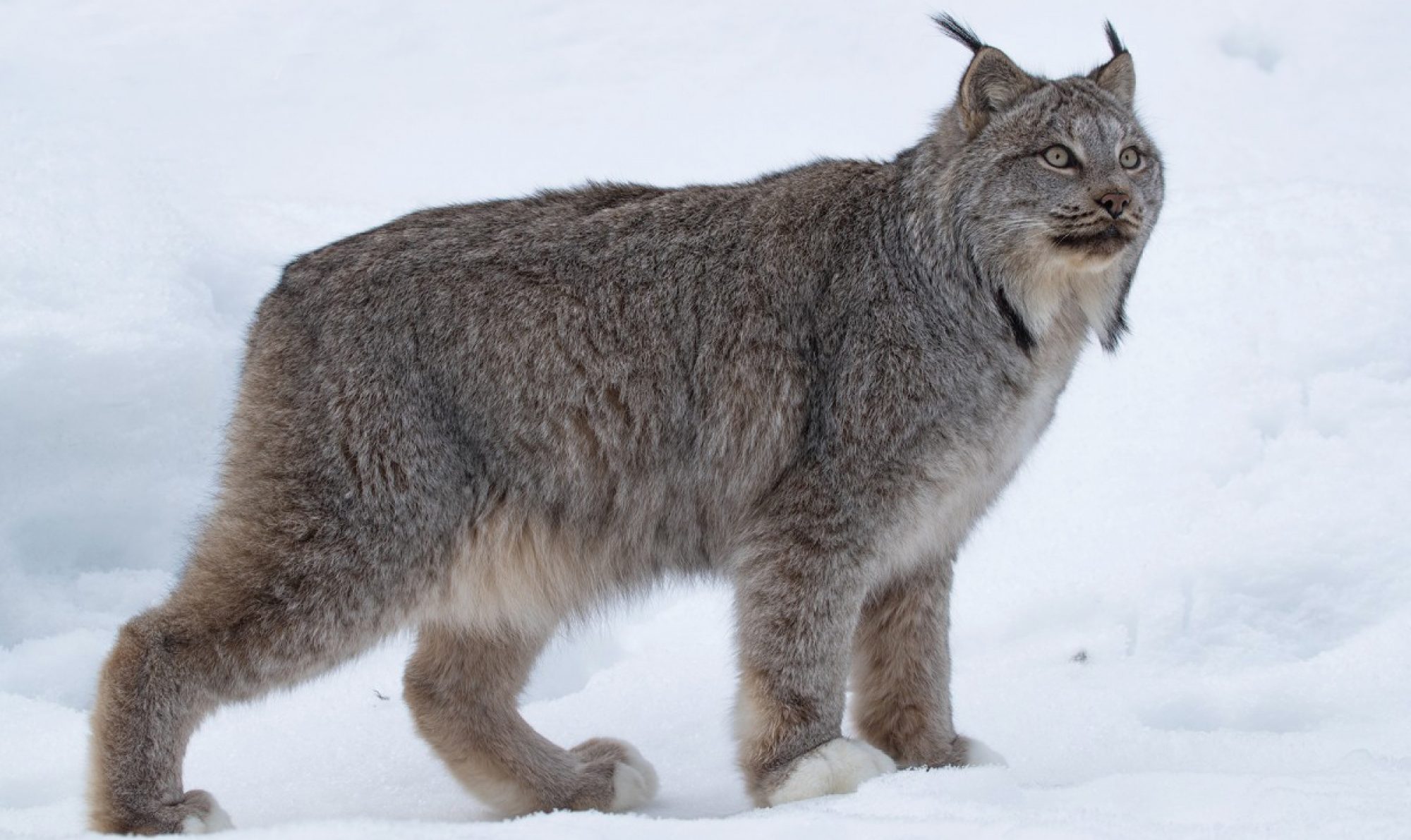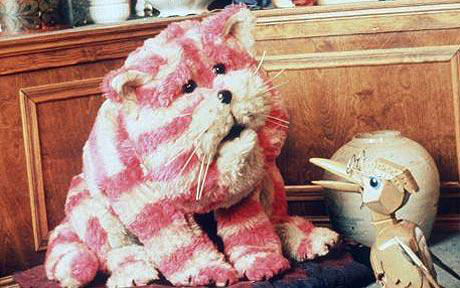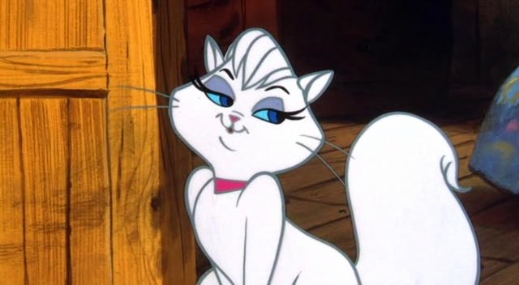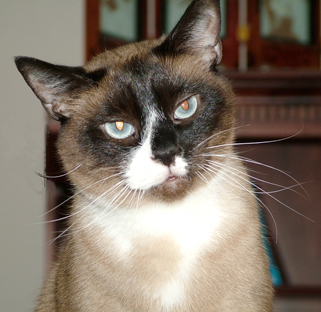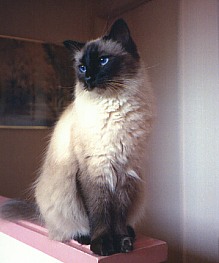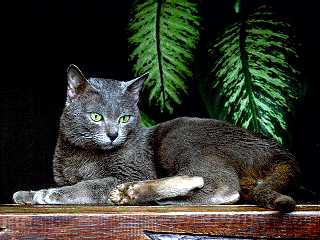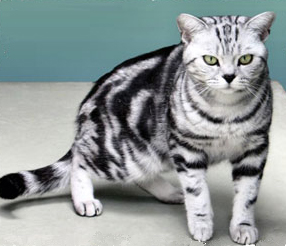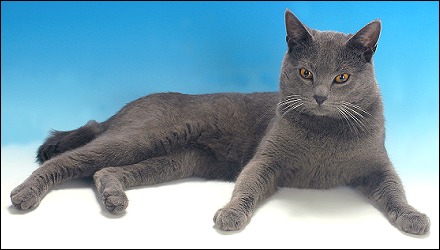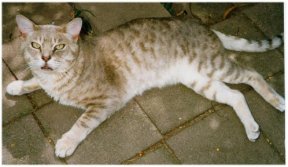Cat Cartoons! Here’s a selection of Cat cartoons and animations, a few of which I’ve tuned into over the years. Anyone got any others to add?… there must be thousands!, Ed.
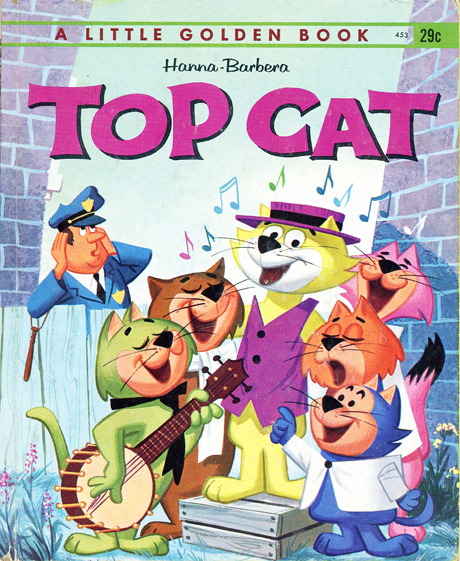
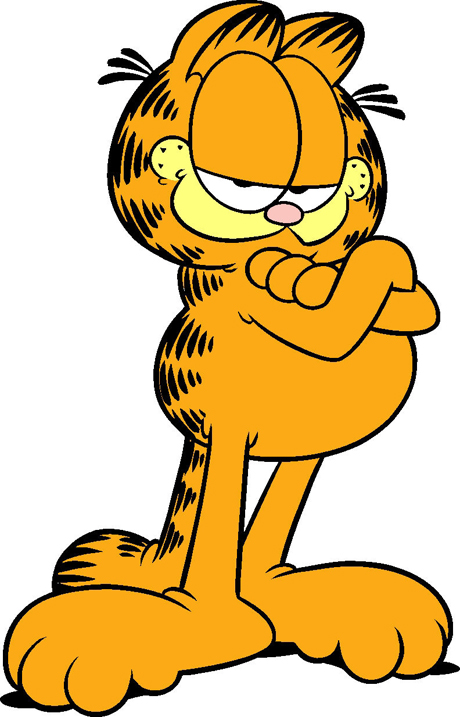
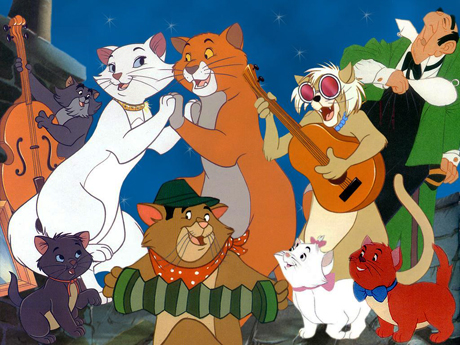
A list of just a few more cat cartoons. The original list was compiled by the
pictures-of-cats.org website. I’m updating it to include new cartoons (I’m finding on the www) and some details of the cartoon release dates and authors/creators too (get a life comes to mind!). Lets see if we can get just a few more cartoon images posted soon.
Stage and Screen Cats
Cat [Appeared In] [Series/Comic/Film] [First Shown] [Created By]
□ Alley-Kat-Abra [ Zoo Crew ] [DC Comics] [February 1982] [Roy Thomas-Scott Shaw]
□ The Robber Kitten [ Silly Symphonies ] [from 1929] [Walt Disney]
□ Attila [ Mother Goose and Grimm ] [2004] [2004] [Mike Peters]
□ Aunt Evelyn [ Garfield ] [comic/film/TV] [June 19, 1978] [ Jim Davis]
□ Aunt Reba [ Garfield ] [comic/film/TV] [June 19, 1978] [ Jim Davis]
□ Autocat [ Motormouse and Autocat ][TV][1969][Hanna-Barbera-Bourne]
□ Azrael [Smurfs] [TV] [1958] [Johan & Peewit]
□ Babbit and Catstello [A Tale of Two Kitties ] [1942] [Bob Clampett]
□ Bad Cat [ Augie Doggie ] [Animation] [1959] [Michael Maltese]
□ Baggypants [Baggy Pants and the Nitwits] [US TV] [1977] [NBC]
□ Bat Cats [ Mighty Mouse ] [Animation] [1942] [Izzy Klein]
□ Bella [ Otto ]
□ Benny the Ball [ Top Cat ]
□ Bette Noir [ Poosy Gato ]
□ Beverly [ Fumbles ]
□ Big Bertha [ Fritz the Cat ]
□ Bill the Cat
□ Black Cat [ Courageous Cat ]
□ Blue the Cat [ Orson the Piglet ]
□ Boo
□ Boom Boom Pussini [ Heathcliff ]
□ Boopsie Meow [ Kamikaze cat ]
□ Captain Amerikat [ Spider-Ham ]
□ Captain Jack
□ Casual T. Cat
□ Catfather, The [ Heathcliff ]
□ Cat Gut [ Pound Puppies ]
□ Cattanooga Cats
□ Cattenstein [ Mighty Mouse ]
□ Catula [ Count Duckula ]
□ Charlemange [ Pound Puppies ]
□ Chester Cheetah
□ Chops the Cat [ Augie Doggie ]
□ Chuck [ Omaha the Cat Dancer ]
□ Cinderkitty [ Count Duckula ]
□ Claude Cat
□ Comet Cat [ Spirit ]
□ Cool Cat
□ Corporal Bruiser [ Heathcliff ]
□ Count Gatto [ Atomic Mouse ]
□ Creepy Cat
□ Cuffy Cat [ Supermouse ]
□ Delbert [ Smilin’ Ed Smiley ]
□ Della Pussywillow [ Fritz the Cat ]
□ Delroy [ Maxwell ]
□ Desdemona
□ Doc [ Mr Jinks ]
□ Douglas [ Supermouse ]
□ Dark Batfang [ Hot Dog ]
□ Erma Felna
□ Fancy Fancy [ Top Cat ]
□ Fat Cat [ Rescue Rangers ]
□ Fat Freddie’s Cat
□ Fatkat
□ Feline Faust [ Zoo Crew ]
□ Felis [ Defiants ]
□ Fencer [ Foofur ]
□ Figaro
□ Firkin [ Maxwell ]
□ Flop
□ Fluffy [ Garfield ] [comic/film/TV] [June 19, 1978] [ Jim Davis]
□ Fraidy Cat
□ Frankenstein’s Cat [ Mighty Mouse ]
□ Furrball [ Hamton ]
□ Gabrielle [ Fritz the Cat ]
□ Gertie [ Atomic Mouse ]
□ Gideon [ J. Worthington Foulfellow ]
□ Goldie [ Top Cat ]
□ Guido [ Garfield ] [comic/film/TV] [June 19, 1978] [ Jim Davis ]
□ Hairball [ Pound Puppies ]
□ Heathcliff [ Heathcliff ] [comic] [1973] [ George Gately ]
□ Henry [ Heathcliff ] [comic] [1973] [ George Gately ]
□ Henry’s Cat [ Henry’s Cat ] [UK TV] [1983] [ Bob Godfrey ]
□ Horse [ Dog[2] ]
□ Inky and Dinky [ Felix the Cat ]
□ Jane Feline
□ Jaune-Tom [ Mewsette ]
□ Jenny [ Bucky O’Hare ]
□ Joey [ Omaha the Cat Dancer ]
□ Julius the Cat
□ Kamikaze Cat
□ Kat Karson
□ Katnip [ Herman the Mouse ]
□ Kirby Cat [ Mr. Wild Wolf ]
□ Kitty
□ Kitty [ Dagmar ]
□ Kitty [ Doctor Whoot ]
□ Kittycat [ Barfy ]
□ Kitty Cuddles [ Buzzy the Crow ]
□ Kitz ‘n’ Katz
□ Klondike Kat
□ Korky the Cat [ Homeless Hector ]
□ Kosmo W. Kat
□ Kosy [ Kitz ‘n’ Katz ]
□ Krazy Kat
□ Kyle [ Tom and Jerry ]
□ Lionheart
□ Lola [ Bucky O’Hare ]
□ Lucifer
□ Madame Rubens-Chatte [ Mewsette ]
□ Manx [ Fred ]
□ Maxwell
□ Mehitabel [ Mewsette ]
□ Meowrice [ Mewsette ]
□ Mewsette
□ Milton
□ Miss Kitty [ Porky Pig ]
□ Miss Lil
□ Mr Jack
□ Mr Jinks
□ Mrs Kat [ Krazy Cat ]
□ Mostly [ Bitsy ]
□ Motley the Cat
□ Ms Arda Chevious [ Bucky O’Hare ]
□ Muffie [ Miss Lil ]
□ Naif the Waif [ Urban Gorilla ]
□ Nermal [ Garfield ] [comic/film/TV] [June 19, 1978] [ Jim Davis]
□ Oil Can Harry [ Mighty Mouse ]
□ Oliver the Cat
□ Oliver Wendell McDuffy [ Bulldog Drumhead ]
□ Ollie the Merry Mouser [ Toby the Badger ]
□ Omaha the Cat Dancer
□ O’Malley the Alley Cat [ Aristocats ]
□ Percy [ Little Roquefort ] [TV Cartoon] [1950] [TerryToon 20thCF]
□ Pete [Pete the Cat] [Childrens cartoon story] [Various sources]
□ Pierre [ Top Cat ]
□ Punkin Puss [ Punkin’ Puss & Mushmouse ] [Animation/TV] [1963] [Hanna-Barbera]
□ Pussyfoot [Pussyfoot] [Animation] [1952] [Chuck Jones]
□ Pussy Willow [ Kosmo W. Cat ]
□ Puttypuss [ Houndcats ]
□ Robespierre [ Mewsette ]
□ Radio Catts [ Kid’s Cat ]
□ Reddy [ Ruff and Reddy ]
□ Sad Cat [ Possible Possum ]
□ Salem
□ Scat Cat [ Aristocats ]
□ Scratch [ Biskitts ]
□ Sebastian [ 1 ]
□ Seymour [ Rude Dog ]
□ Shadow [ Atomic Mouse ]
□ Shelley [ Omaha the Cat Dancer ]
□ Siamese Twins, The [ Heathcliff ]
□ Si and Am [ Lady and the Tramp ]
□ Silver Dollar Dan [ Kat Karson ]
□ Snowball [ Tom and Jerry ]
□ Soapy [ Neil the Horse ]
□ Sonja [ Heathcliff ]
□ Sourpuss [ Gandy Goose ]
□ Spook [ Top Cat ]
□ Spooky
□ Spot [ Hong Kong Phooey ]
□ Steaky the Super-Cat
□ “Stupid Cat” [ Snoopy ]
□ Stutz [ Houndcats ]
□ Super Snooper
□ Terrible Tom [ Supermouse ]
□ Three Little Kittens [ Three Bears ]
□ Tibs [ Pongo and Perdita ]
□ Tiger [ Feivel Mousekowitz ]
□ Tuffy the Cat [ Mervin ]
□ Tuffy the Cat [ Supermouse ]
□ Uncle Barney, aka Aunt Bernice [ Garfield ] [June 19, 1978] [ Jim Davis]
□ Uncle Arno [ Garfield ] [comic/film/TV] [June 19, 1978] [ Jim Davis]
□ Uncle Berle [ Garfield ] [comic/film/TV] [June 19, 1978] [ Jim Davis]
□ Uncle Bernie [ Garfield ] [comic/film/TV] [June 19, 1978] [ Jim Davis]
□ Uncle Bob [ Garfield ] [comic/film/TV] [June 19, 1978] [ Jim Davis]
□ Great Uncle Buchanan [ Garfield ] [comic/film/TV] [June 19, 1978] [ Jim Davis]
□ Uncle Rodger [ Garfield ] [comic/film/TV] [June 19, 1978] [ Jim Davis]
□ Uncle Ed [ Garfield ] [comic/film/TV] [June 19, 1978] [ Jim Davis]
□ Victoria [ Jane Feline ]
□ Vocal [ Cyborg Gerbils ]
□ Waldo Kitty
□ Waldo the Cat [ Fritz the Cat ]
□ Whizzy [ Streaky the Super-Cat ]
□ Winston [ Fritz the Cat ]
□ Wizard of Paws [ Count Duckula ]
□ Zipper [ Care Bears ]
…. And for good measure a list of fictional cat references from many sources and genres (provided once again by Wikipedia.org)
